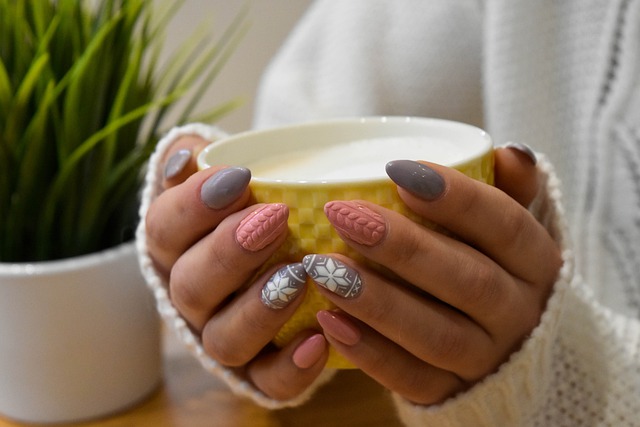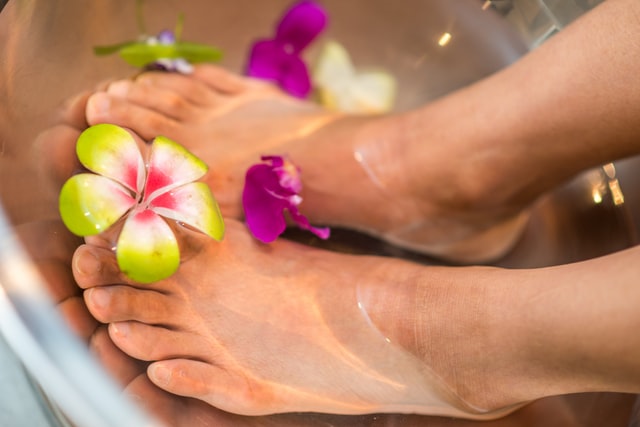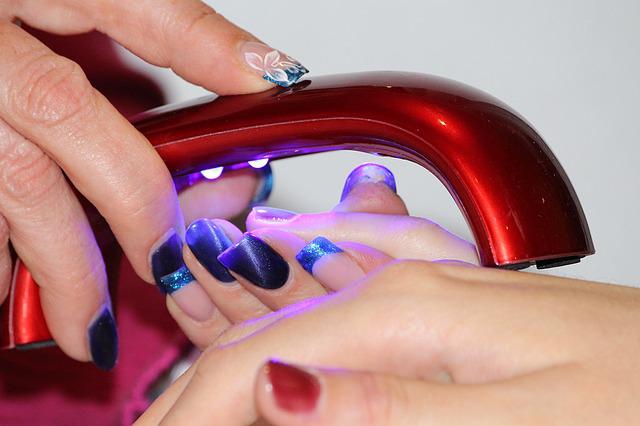You're likely no stranger to the frustration of dealing with finger nail fungus, and you're probably anxious to find a solution that's both effective and gentle on your skin. You may have tried over-the-counter treatments or prescription medications, but have you considered the power of natural remedies? Three simple, non-invasive treatments have shown promise in tackling fungal infections: oregano oil, vinegar soaks, and tea tree oil. But what makes these remedies so effective, and how can you incorporate them into your daily routine to start seeing results?
Oregano Oil for Fungal Infections
When it comes to tackling fungal infections, you can use oregano oil as a natural remedy, thanks to its potent antifungal properties that can help combat the infection and promote healthy nail growth. You can apply oregano oil directly to the affected area using a cotton swab, making sure to dilute it with a carrier oil like coconut or olive oil to avoid any irritation. By doing so, you'll be taking advantage of oregano oil's ability to inhibit the growth of fungi, which can help alleviate symptoms like yellowing, thickening, and brittleness.
To get the most out of oregano oil, you should use it consistently and in combination with good nail hygiene practices. This means keeping your nails and surrounding skin clean and dry, as well as trimming your nails straight across to prevent moisture from accumulating underneath. By incorporating oregano oil into your nail care routine, you'll be taking a proactive approach to fighting fungal infections and promoting healthy nail growth. As a result, you may start to see improvements in the appearance and health of your nails over time.
Vinegar Soak for Nail Fungus
In addition to using oregano oil, you can also try a vinegar soak to combat nail fungus, taking advantage of the antifungal and antibacterial properties of vinegar to help restore the health and appearance of your nails. To use a vinegar soak, you'll need to mix equal parts water and white vinegar or apple cider vinegar in a bowl. Soak your fingers in the solution for about 30 minutes, twice a day. The acid in the vinegar helps to create an environment that's not conducive to fungal growth, which can help to slow down the spread of the infection.
You can also add a few drops of lemon juice to the vinegar solution for extra antifungal benefits. After soaking your fingers, be sure to dry them thoroughly, paying extra attention to the areas around your nails. This will help to prevent moisture from accumulating and creating an ideal environment for fungal growth. By incorporating a vinegar soak into your nail care routine, you can help to promote healthy nail growth and combat fungal infections. Consistency is key, so make sure to stick to the treatment plan for ideal results.
Tea Tree Oil Treatment
You can harness the potent antifungal properties of tea tree oil to combat nail fungus and promote healthy nail growth by applying it directly to the affected area. Simply dip a cotton swab in tea tree oil and gently rub it onto your nail and surrounding skin. Make sure to dilute the tea tree oil with a carrier oil, such as coconut or olive oil, if you have sensitive skin.
To maximize the effectiveness of tea tree oil treatment, you should repeat the process two to three times a day. It's also essential to be patient, as it may take a few months to see noticeable results. In addition to its antifungal properties, tea tree oil has antibacterial and anti-inflammatory properties, which can help soothe and calm the affected area. If you experience any irritation or discomfort, discontinue use or consult with a healthcare professional. Remember to always choose high-quality, pure tea tree oil to guarantee the best results.
At a Glance
You've got three effective natural remedies to treat finger nail fungus. You can use oregano oil to inhibit fungal growth, vinegar soaks to slow down the spread of the infection, and tea tree oil to soothe and calm the area, promoting healthy nail growth. With these treatments, you'll be on your way to healthier, fungus-free nails. Just remember to use them consistently and be patient, as natural remedies may take time to show results. To complement your efforts in treating nail fungus, you can also consider using versatile nail polish colors to cover up any discoloration or damage caused by the infection. These vibrant colors will not only help disguise the effects of the fungus, but also add a fun and trendy touch to your nails. With a combination of natural remedies and stylish nail polish, you can confidently show off your nails while working to rid yourself of fungus.






